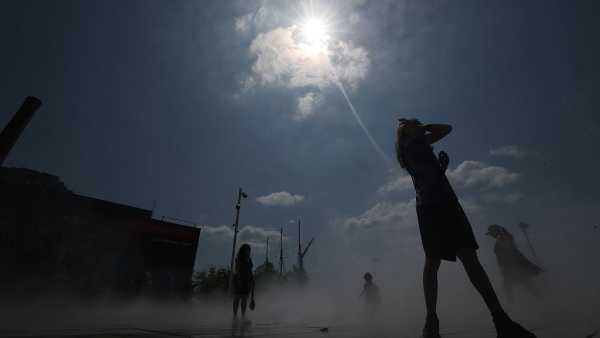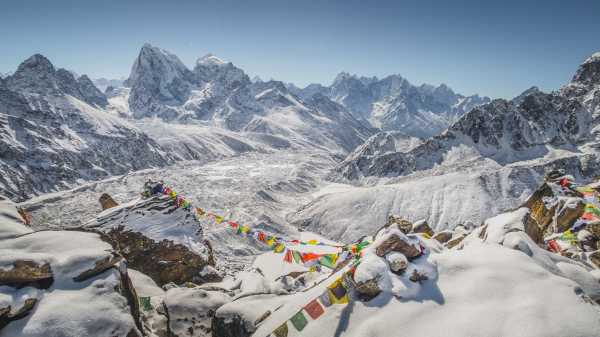
The Himalayas are the highest mountain range on the planet and include the summit of Mount Everest. (Photo: Phakawat Thongcharoen/Getty Images)
Geologists may have overturned a century-old theory explaining the formation of Earth's largest mountain range, according to a new study.
The Himalayas were formed when the Indian and Eurasian lithospheric plates collided approximately 50 million years ago. Tectonic processes caused the compression of Tibet, reducing its length by almost 1,000 km. The Indian plate gradually sank under the Eurasian plate, creating a thicker layer of crust under the Himalayas and the Tibetan plateau, which stimulated their uplift.
According to classical theory, the thickened crust provides support for mountain systems. The work of the Swiss scientist Emile Argand (1924) indicated the mutual superposition of the crust of India and Asia at depths of 70-80 km.
You may be interested in
-
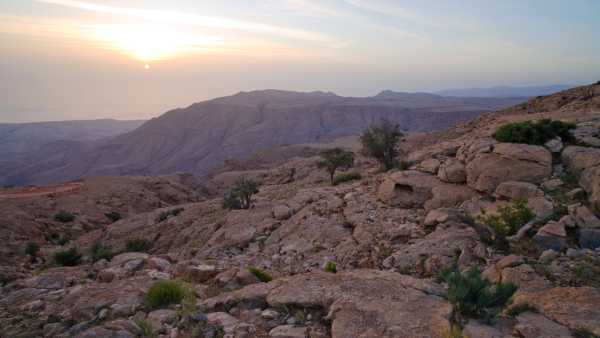
Ancient mantle plume discovered beneath Arabian Peninsula reveals secrets of Indian subcontinent migration
-
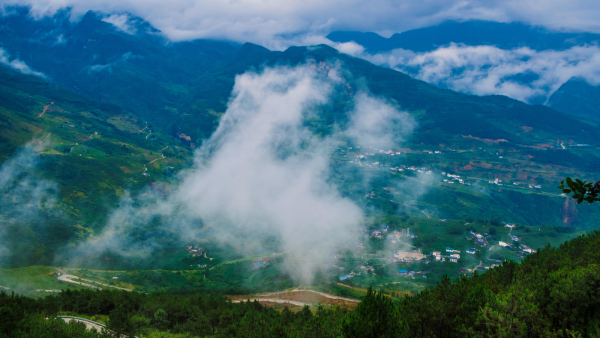
640-kilometer chain of ancient volcanic structures found in the bowels of China
-
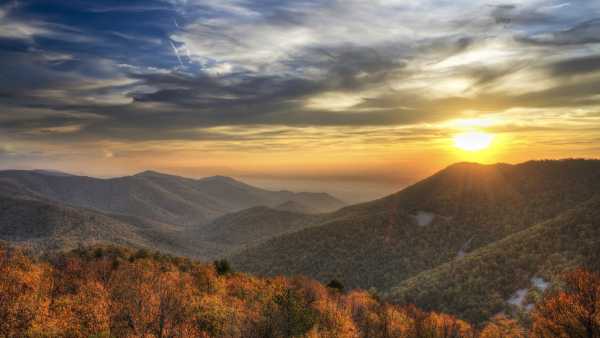
Thermal anomaly beneath the Appalachians, created after Greenland broke away, is slowly moving toward New York
Scientists say the classical model is untenable because rocks begin to melt at depths of 40 km due to extreme temperatures.
“The crust, 70 km thick, has a lower, sticky layer… reminiscent of yogurt, which is not capable of supporting mountain ranges,” Pietro Sternai, a geophysicist at the University of Milan and the study's leader, told Live Science.
Sternai said the evidence had long pointed to Argand's theory as inaccurate, but the double-crust idea remained popular among geologists. “All the observed anomalies were interpreted through the lens of this concept,” he said.
New evidence suggests that a layer of mantle exists between the Indian and Asian crust, which explains the height of the Himalayas and their stability, according to a paper published August 26 in the journal Tectonics.
The mantle, located beneath the crust, is denser, remains rigid at high temperatures, and is buoyant, like an iceberg, which helps to raise the terrain.
Computer simulations of the plate collision showed that fragments of Indian crust were attached not to the Asian crust, but to the lithosphere – the solid outer layer of the planet, consisting of the crust and upper mantle.
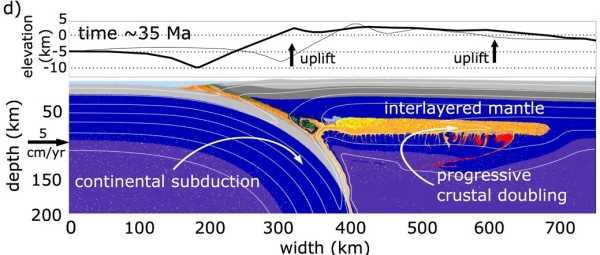
The illustration shows the attachment of fragments of the Indian crust to the lithospheric layer. Partially molten crust is highlighted in orange, and the upper mantle is highlighted in dark blue.
Sternai emphasized that the mantle layer between the crust provides structural strength. The crust provides buoyancy, and the mantle provides stability. “These elements explain the uplift and stability of the region,” he said.
Comparison of the model with seismic data confirmed its correspondence with real observations. “Now the anomalies have a logical explanation,” said co-author Simona Pilia of King Fahd University.
Pilia noted that the evidence is compelling, but the revision of Argand's theory is causing debate in the scientific community.
SEE ALSO
— Scientists: Himalayas were formed as a result of many tectonic events, not one collision
— Everest's anomalous height may be linked to an ancient river system
— Tectonic processes that form the Himalayas may split the Tibetan Plateau
“The authors are right that the issue remains controversial,” Adam Smith of the University of Glasgow wrote to Live Science. “Previous work has suggested an exclusively crustal origin for the material beneath the Himalayas.”
However, the mantle model does explain the region's geological anomalies. “In all the simulations, there is a mantle layer between the plates,” Smith added.
Professor Douwe van Hinsbergen from Utrecht University said: “When a continent is subducted, it is logical to expect a layered structure of crust and mantle from both plates.”
TEST: “Layers of the Earth” – test your knowledge of the structure of the planet TOPICS plate tectonics internal structure of the Earth

Sasha PareSocial Networks
Regular contributor to Live Science (UK). She holds a BA in Biology from the University of Southampton and an MA in Science Journalism from Imperial College London. Her writing has appeared in The Guardian and Zoe. Her interests include tennis, cooking, and collecting vintage items.
Name verification is required to comment.
Please sign in again to specify your display name.
Exit Read also
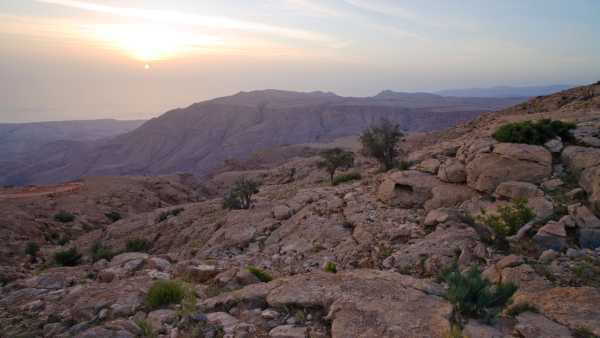
Ancient Mantle Plume Beneath Middle East Reveals Mystery of Indian Migration
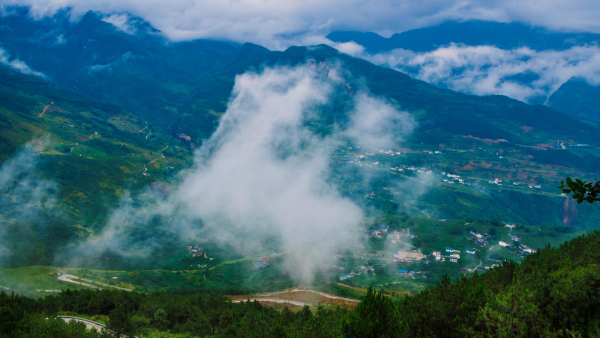
640km chain of fossilised volcanoes discovered under China
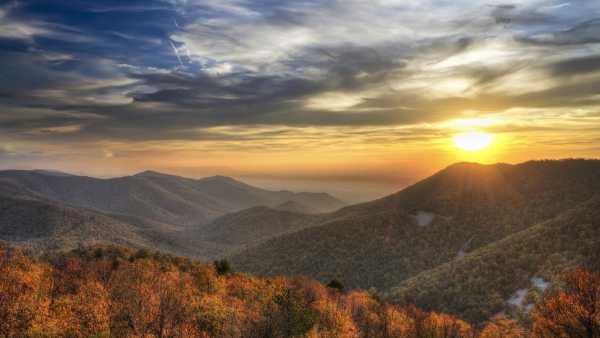
Thermal anomaly beneath Appalachians moves toward New York after Greenland splits

Mantle structures can trigger large-scale supervolcano eruptions
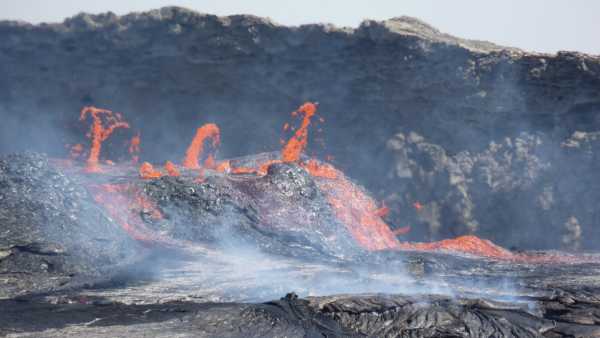
Rhythmic mantle plume beneath Ethiopia forms new ocean
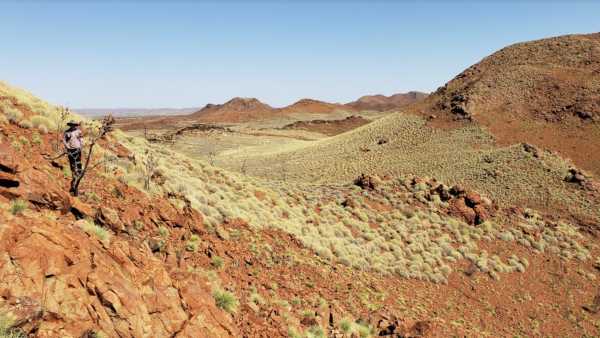
Controversy over Earth's oldest impact crater Current in geology
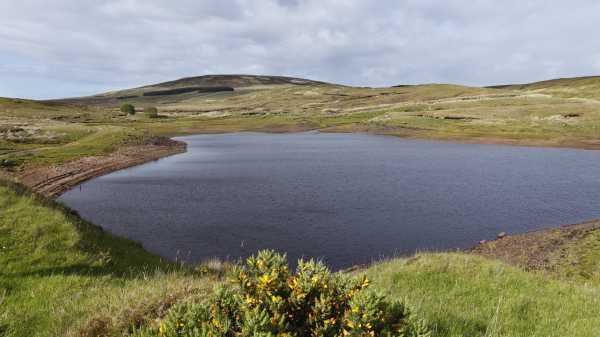
Lugarema: Northern Ireland's Mysterious Lake With a Cycle of Disappearances
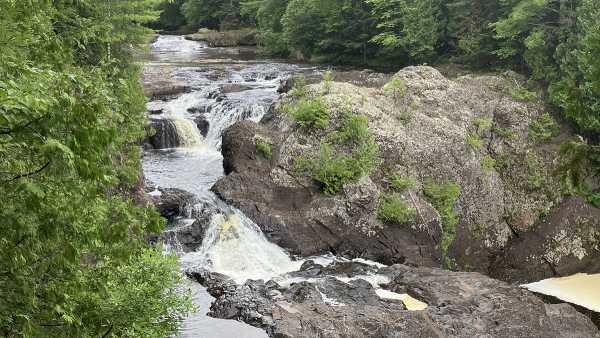
Lake Superior rocks show evidence of collision that formed Rodinia
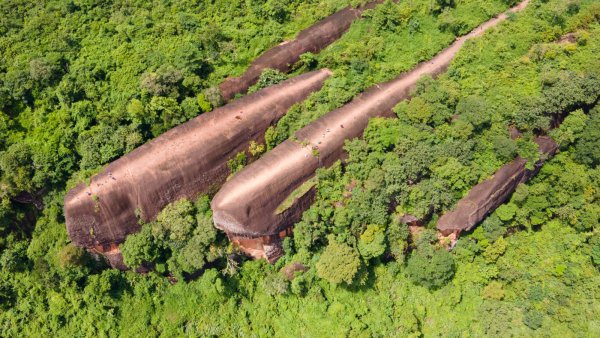
The 75-million-year-old Three Whales rock formations in Thailand

Thermal anomaly beneath the Appalachians migrates toward New York

Reasons for the variety of diamond colors
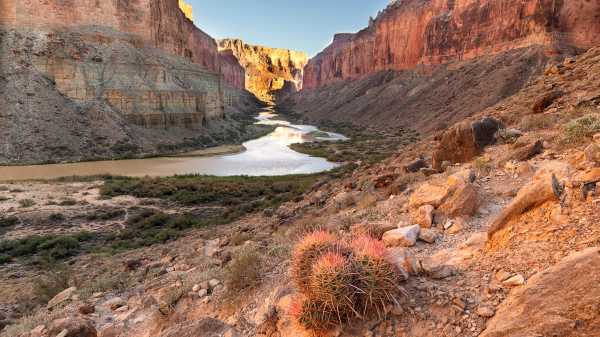
Meteorite Impact May Have Caused Massive Landslide in Grand Canyon 56,000 Years Ago Latest News
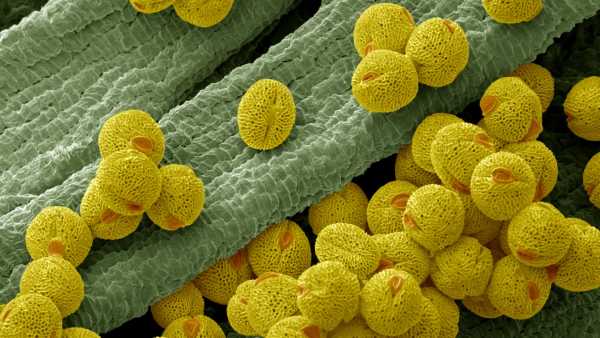
Pollen as a raw material for eco-friendly materials

Viral elements in DNA may accelerate neurodegeneration

Iron Age Artifact: 2,200-Year-Old Celtic Warrior Amulet
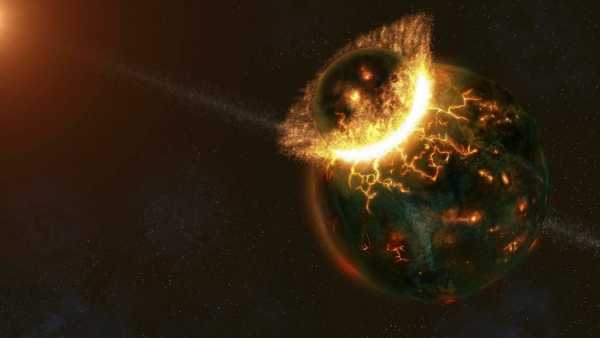
The collision with Theia could have created conditions for life on Earth

Weekly Digest: Starship Success and Pig Lung Transplant

Debate on Using Robots to Bear Babies POPULAR ARTICLES
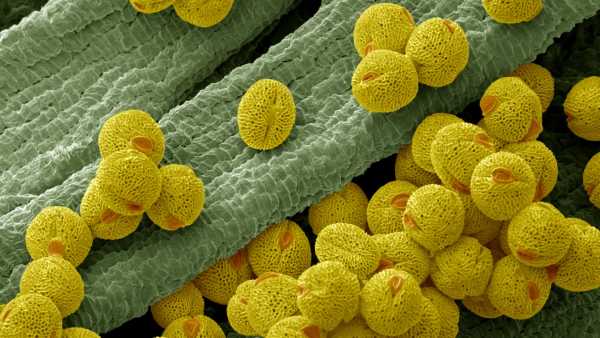
1Pollen as a basis for eco-materials
Live Science is part of the media holding Future US Inc. Visit the corporate website.
- About Us
- Contacts
- Terms and Conditions
- Confidentiality
- Cookies
- Availability
- Advertising
- Notifications
- Vacancies
- Standards
- Suggest a news item
© Future US, Inc. 130 West 42nd Street, New York, NY 10036.
Sourse: www.livescience.com


